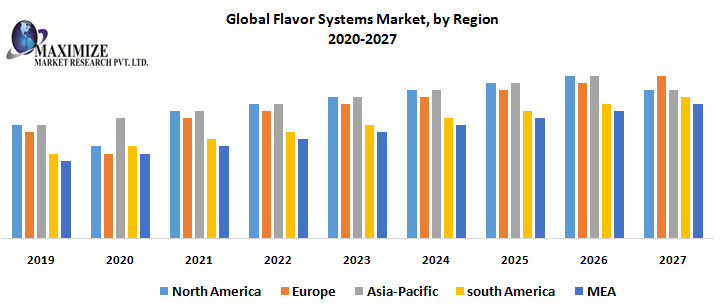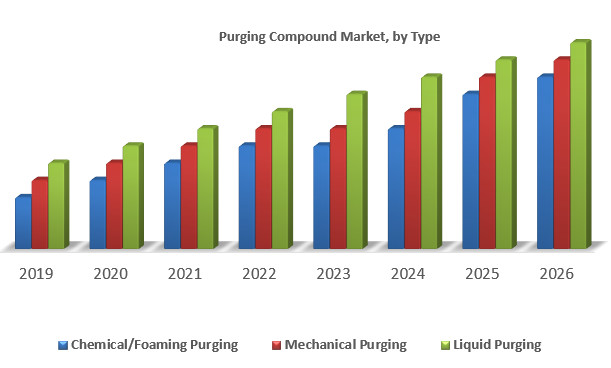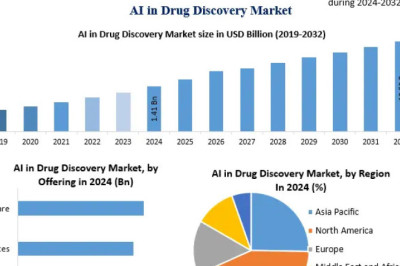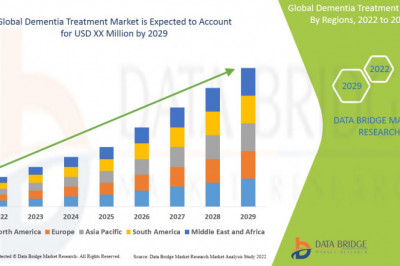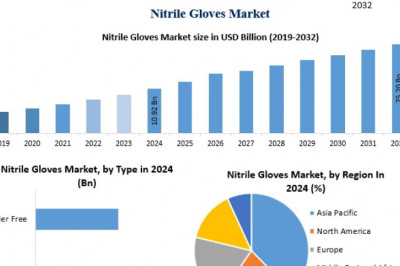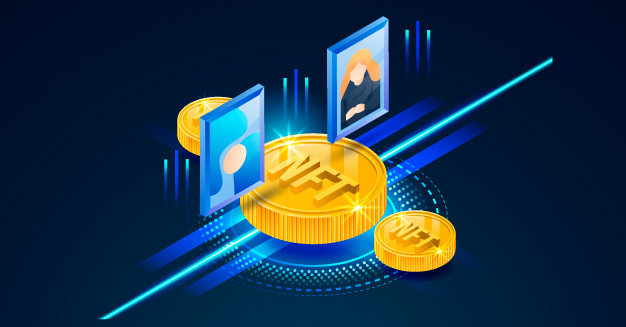views
The cybersecurity landscape continues to evolve as new ransomware groups emerge with sophisticated attack methods. Among the most concerning developments in recent cyber attack news is the rise of the Akira Ransomware gang, a threat actor that has captured attention through its calculated approach to cybercrime. Understanding their tactics and motivations provides crucial insights for organizations seeking to protect themselves against these evolving threats.
Akira Ransomware represents a new generation of cybercriminals who combine technical expertise with business-like operations. Their emergence highlights how ransomware has transformed from opportunistic attacks to highly organized criminal enterprises targeting specific industries and organizations.
The Akira Ransomware Operation Model
Akira operates using a double extortion model that has become increasingly common among sophisticated ransomware news groups. This approach involves encrypting victim data while simultaneously stealing sensitive information before encryption occurs. The stolen data serves as additional leverage, allowing attackers to threaten public exposure if ransom demands aren't met.
The group targets multiple sectors, with particular focus on healthcare, education, and manufacturing organizations. These sectors often handle sensitive data and face pressure to restore operations quickly, making them attractive targets for ransomware operators.
Technical Capabilities and Attack Vectors
The Akira Ransomware gang demonstrates advanced technical capabilities through their multi-platform approach. They deploy ransomware variants designed for both Windows and Linux systems, ensuring broader attack coverage across diverse IT environments.
Their attack methodology typically begins with initial access through compromised VPN credentials or exploitation of unpatched vulnerabilities. Once inside networks, the group conducts extensive reconnaissance to identify valuable data and critical systems before executing their encryption payload.
The ransomware itself employs strong encryption algorithms, making file recovery without decryption keys extremely difficult. This technical sophistication reflects the group's investment in developing effective attack tools rather than relying on off-the-shelf malware.
Motivations Behind Akira's Operations
Financial gain remains the primary motivation driving Akira's ransomware campaigns. Ransom demands typically range from tens of thousands to millions of dollars, depending on the target organization's size and perceived ability to pay. The group often conducts research on potential victims to determine appropriate ransom amounts.
Beyond immediate financial rewards, Akira appears motivated by establishing reputation within cybercriminal communities. Their professional approach to negotiations and consistent follow-through on threats helps build credibility that facilitates future operations.
The group's selective targeting suggests they prioritize quality over quantity, focusing on organizations likely to pay ransoms rather than conducting widespread, indiscriminate attacks. This calculated approach maximizes return on investment while potentially reducing law enforcement attention.
Communication and Negotiation Strategies
Akira employs sophisticated communication strategies designed to pressure victims while maintaining professional appearances. They provide detailed instructions for ransom payment and often engage in negotiations through secure channels.
The group maintains a dark web presence where they publish information about victims who refuse to pay ransoms. This "name and shame" approach serves both as additional pressure on current victims and marketing for future operations.
Their communication often emphasizes urgency while presenting payment as the most practical solution for data recovery. This psychological approach exploits organizational pressure to restore operations quickly.
Impact on Organizations and Industries
Akira's attacks have resulted in significant operational disruptions across multiple sectors. Healthcare organizations face particular challenges when ransomware affects patient care systems, while educational institutions struggle with compromised student and research data.
The financial impact extends beyond ransom payments to include recovery costs, lost productivity, and potential regulatory penalties. Organizations also face reputational damage that can have long-term business consequences.
Recent ransomware news indicates that Akira's activities have prompted increased security investments across targeted industries, demonstrating how cybercriminal activities drive broader cybersecurity awareness and spending.
Defense Strategies Against Akira Attacks
Organizations can implement several defensive measures to reduce vulnerability to Akira ransomware attacks. Regular security updates and patch management help eliminate common attack vectors that the group exploits for initial access.
Network segmentation limits the spread of ransomware once attackers gain initial footholds. By isolating critical systems and implementing proper access controls, organizations can contain potential infections.
Comprehensive backup strategies remain essential for ransomware defense. Organizations should maintain offline backups and regularly test recovery procedures to ensure data restoration capabilities without paying ransoms.
Staying Ahead of Evolving Threats
The Akira Ransomware gang represents the continuing evolution of cybercrime toward more sophisticated, business-like operations. Their success demonstrates how cybercriminals adapt their tactics to maximize effectiveness while evading detection.
Organizations must remain vigilant and proactive in their cybersecurity approaches. This includes staying informed about emerging threats through cyber attack news sources and continuously updating security measures to address new attack methods.
Understanding the motivations and tactics of groups like Akira enables better preparation and response strategies. As ransomware continues evolving, organizations that invest in comprehensive security measures and incident response capabilities will be better positioned to defend against these persistent threats.


